Silver Springs State Park, Ocala, Florida
Terah became the father of Abram, Nahor and Haran. And Haran became the father of Lot…Terah took his son Abram, his grandson Lot son of Haran (Haran had died), and his daughter-in-law Sarai, the wife of his son Abram, and together they set out from Ur of the Chaldeans to go to Canaan. But when they came to Haran (the town), they settled there. ~ Genesis 11:27-31 (FYI, this was a place full of idolaters. Not where they should be living.)
Neither of us slept well last night for some reason, so we were a bit late starting our day, but rather than driving to the Silver Springs Park tourist area, we decided to get some additional exercise and bike there to walk around.
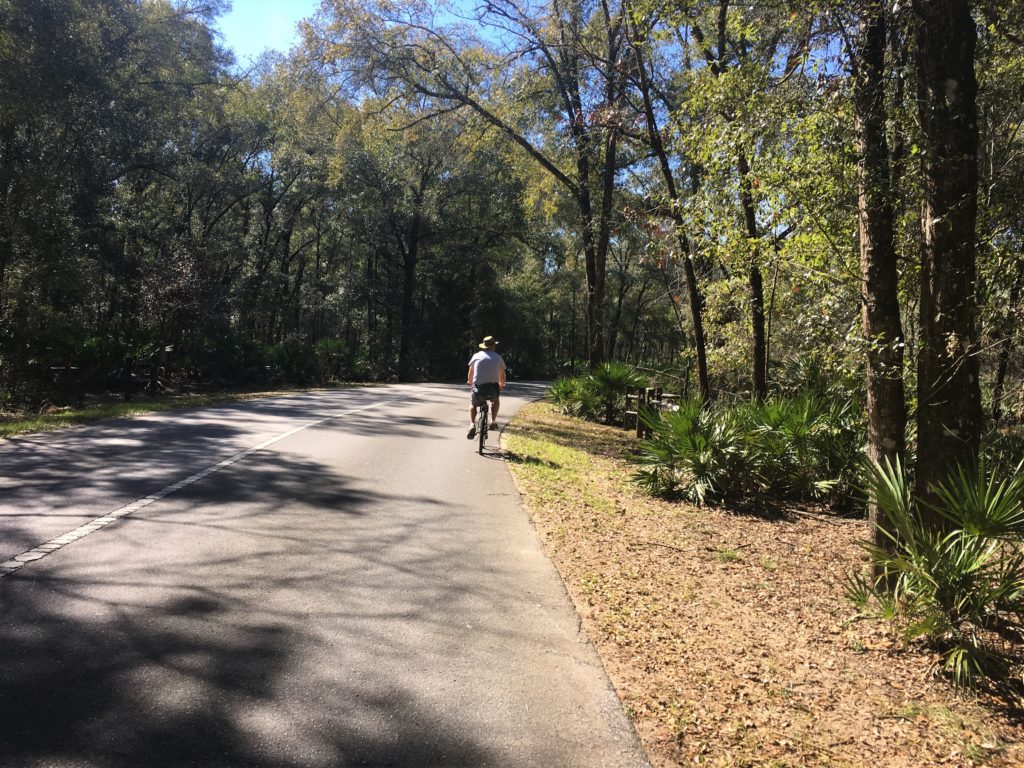
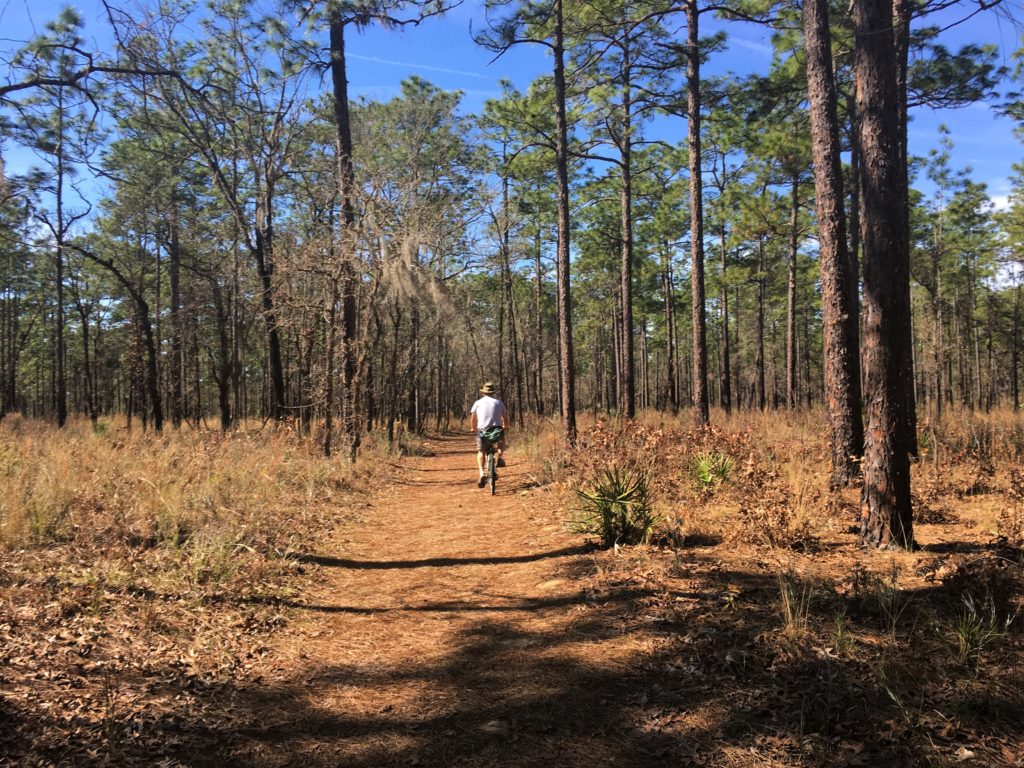
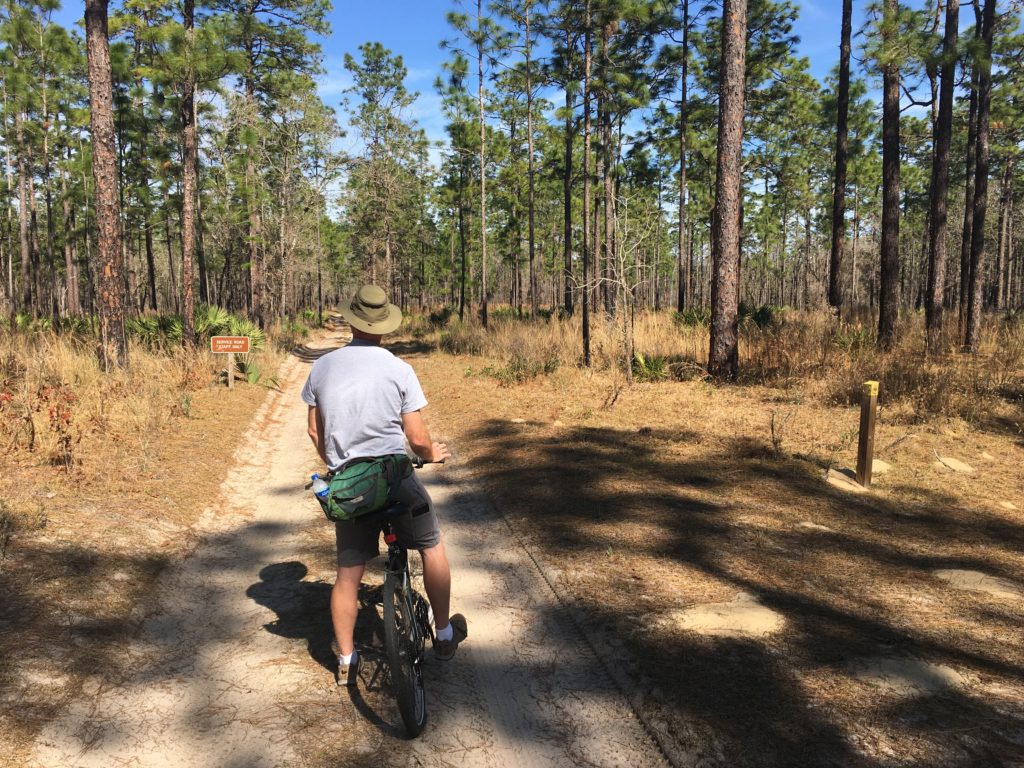
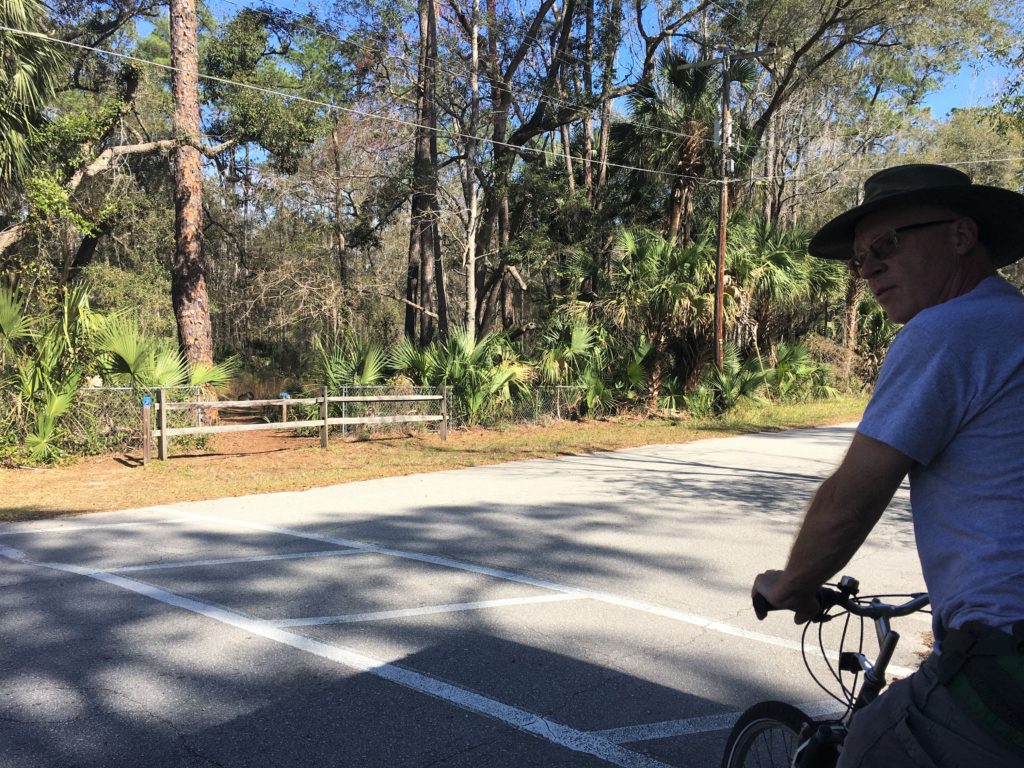
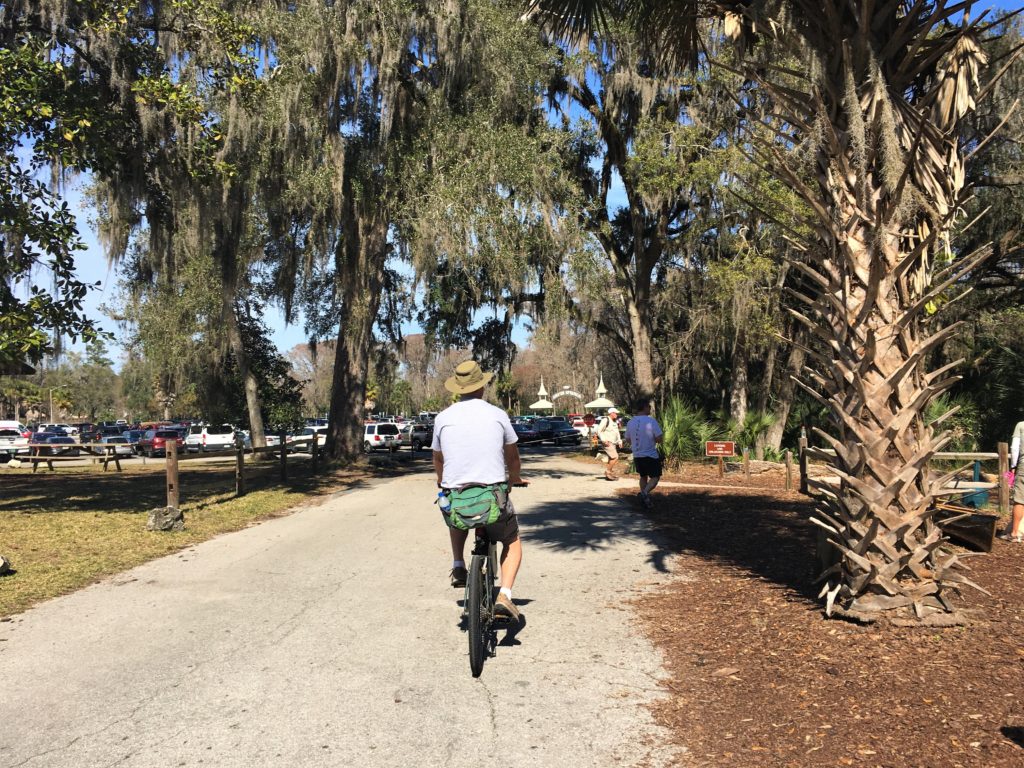
We parked our bikes and tied them to a tree near the entrance.
The place was free for us because we’re staying in the campground. For everyone else, it’s a whopping two bucks! Fourteen if you want a glass-bottom boat ride. It’s Saturday, but it was still busier here than we anticipated. Glad to see people are visiting the Park.
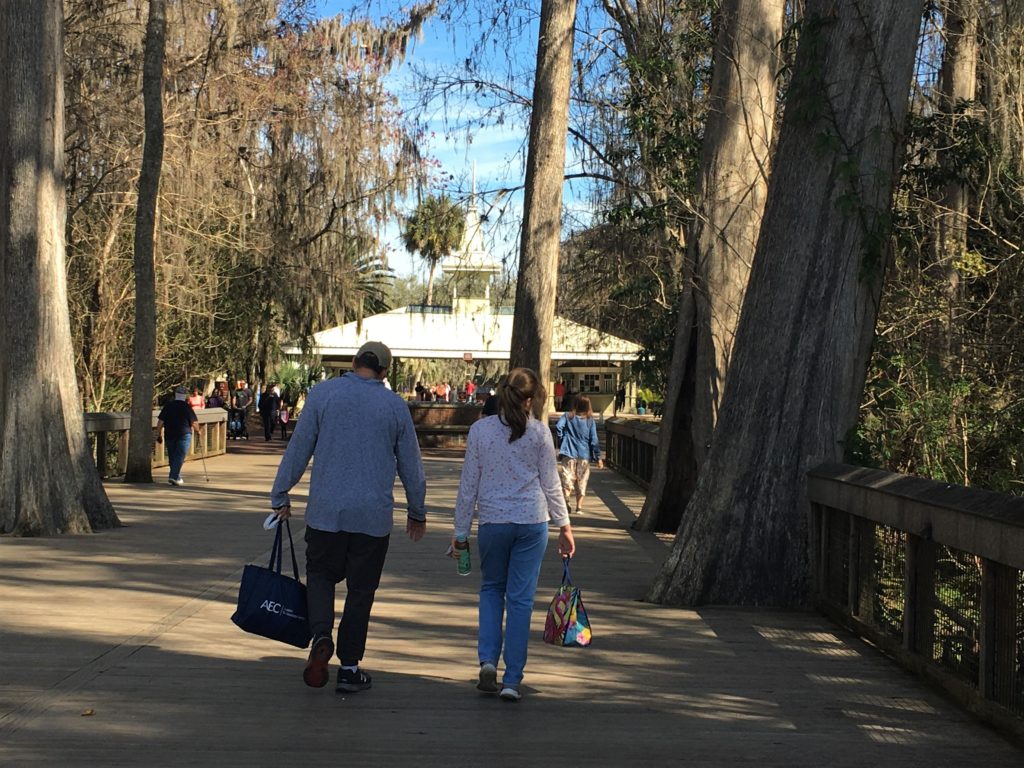
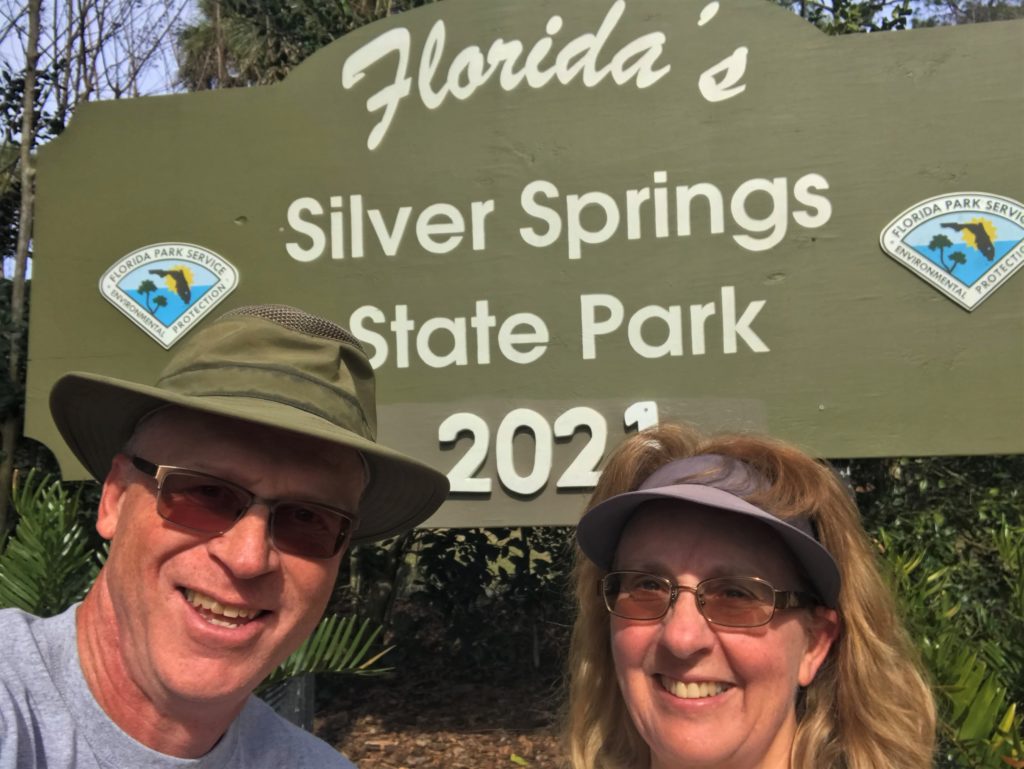
Once again, we didn’t take a lot of pictures because we did all that two years ago.
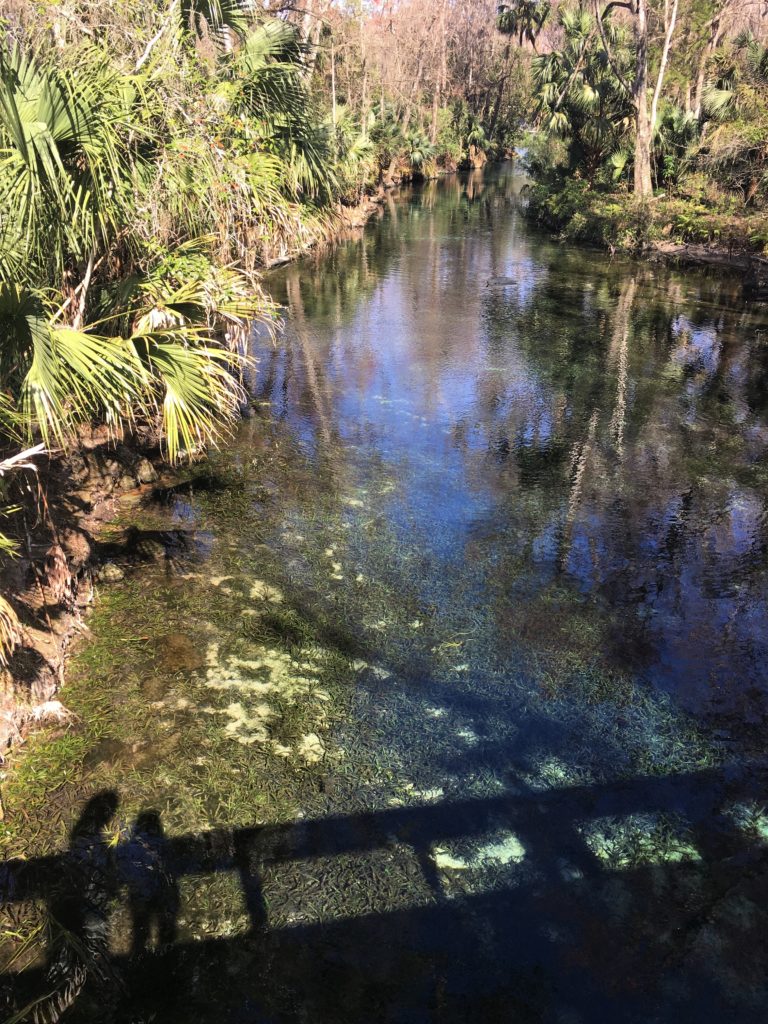
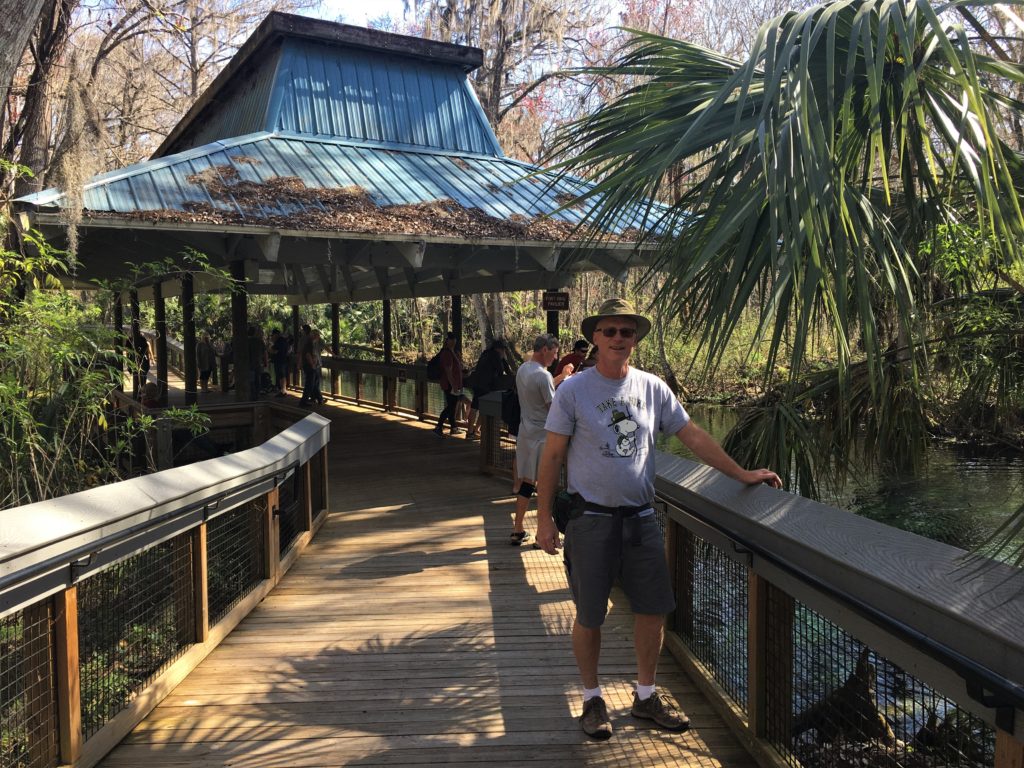
Not certain though.
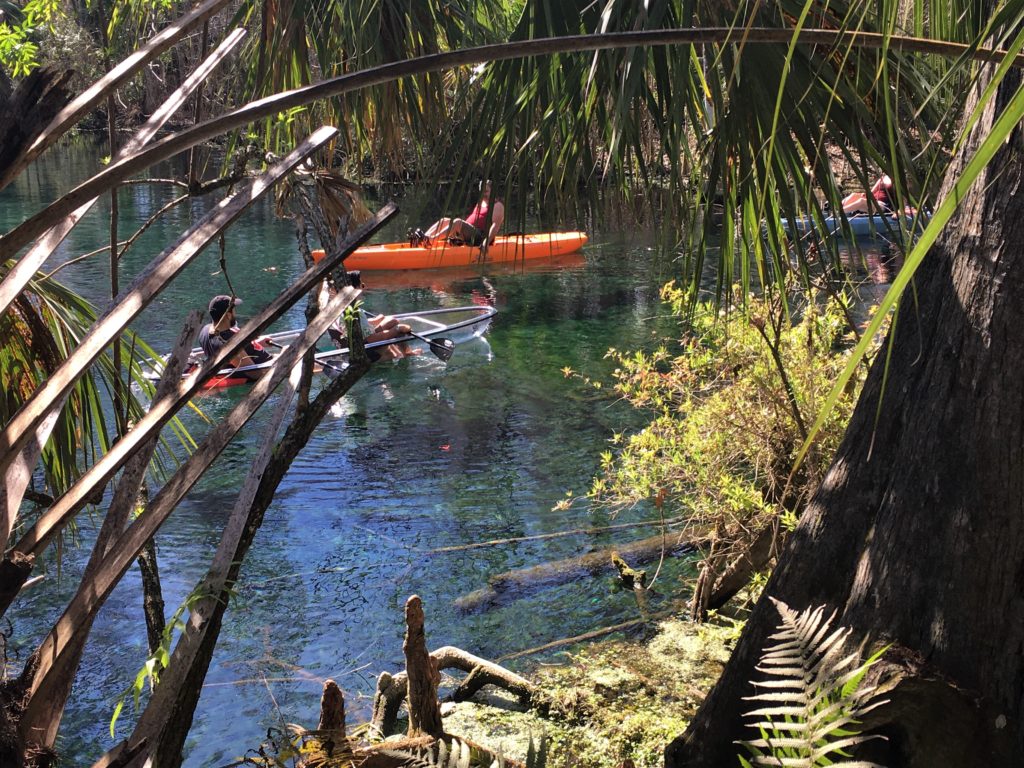
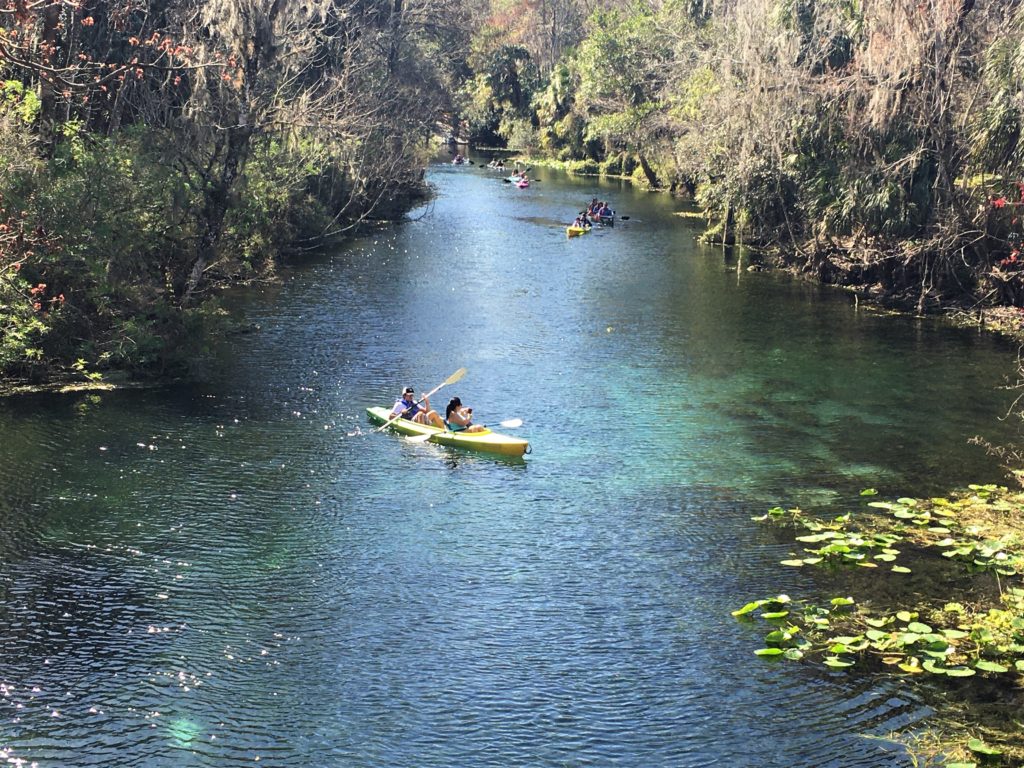
Many paddling back and forth across the river. : )
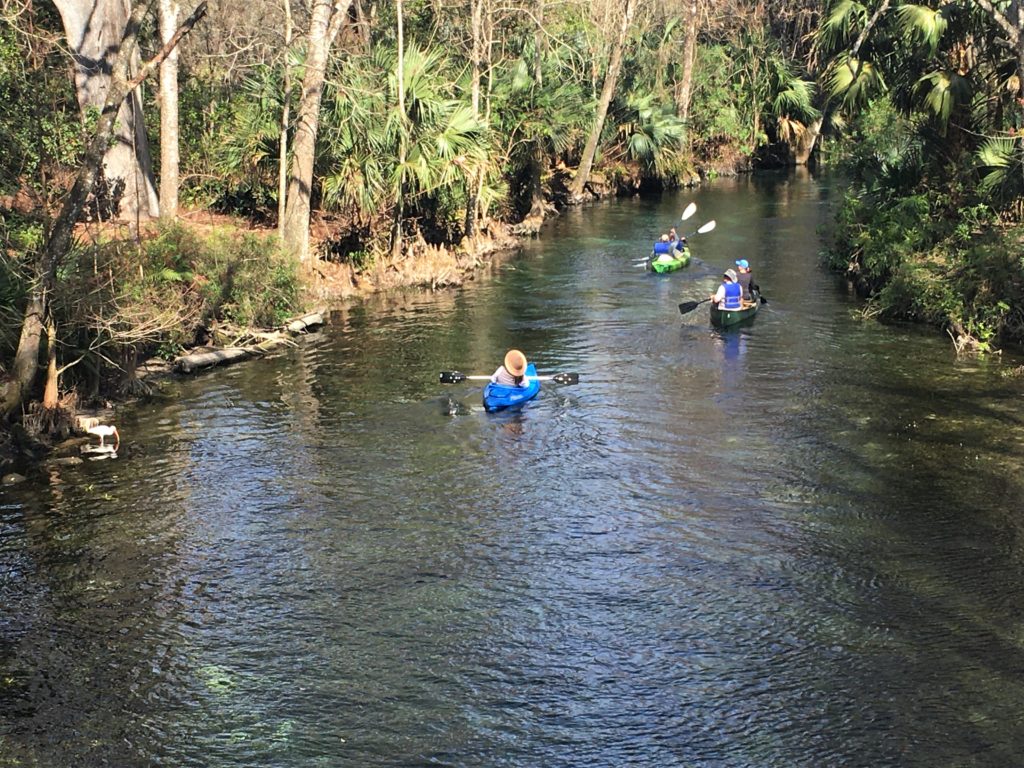
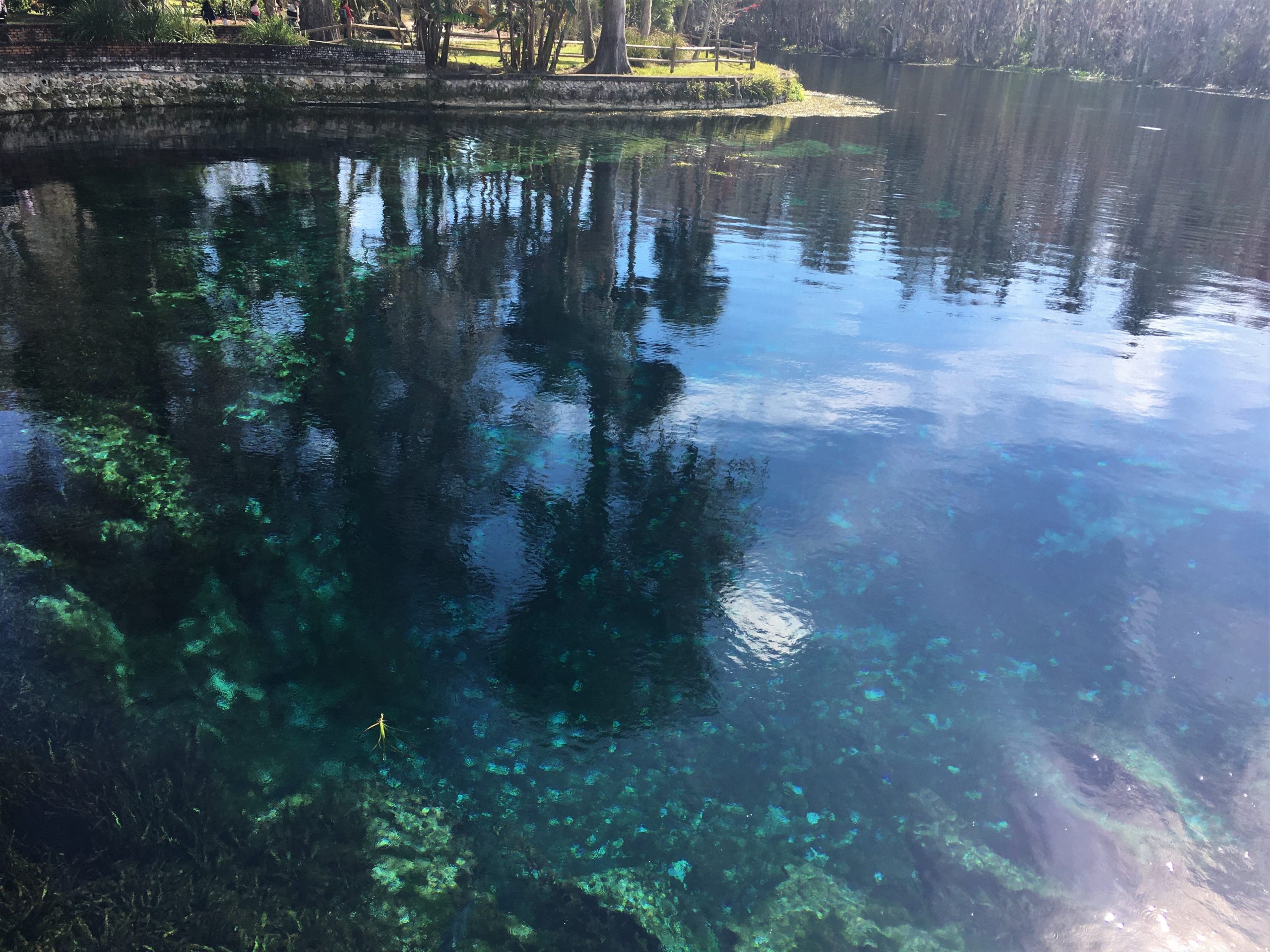
Not much better for pictures than from our kayak. : )
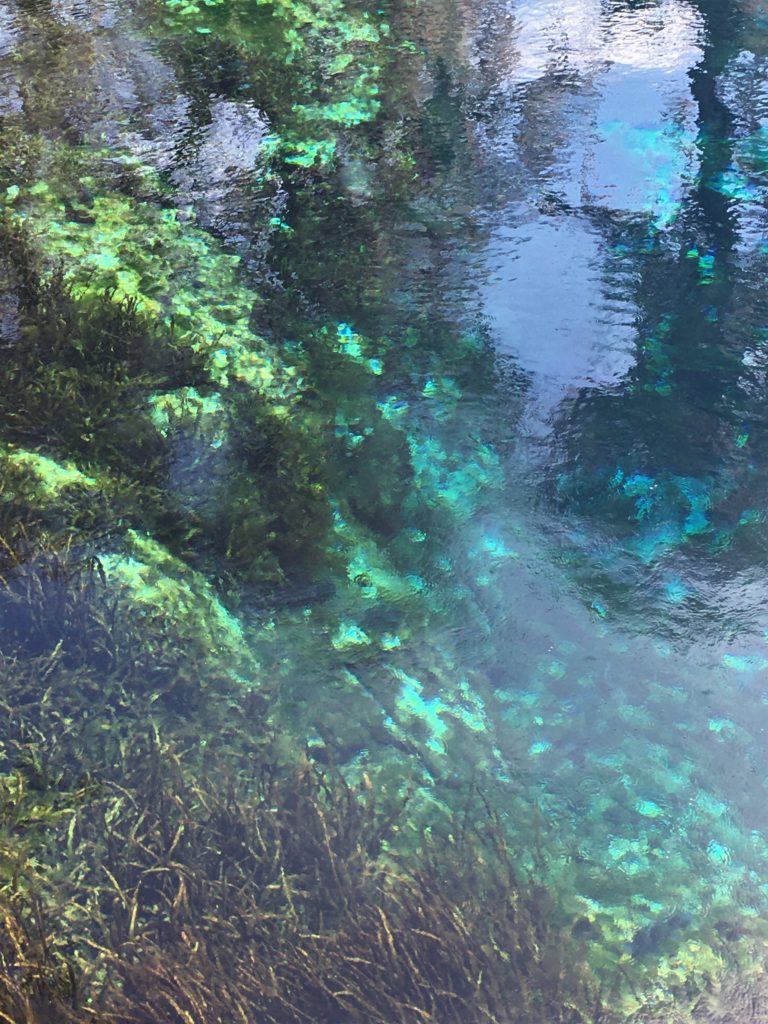
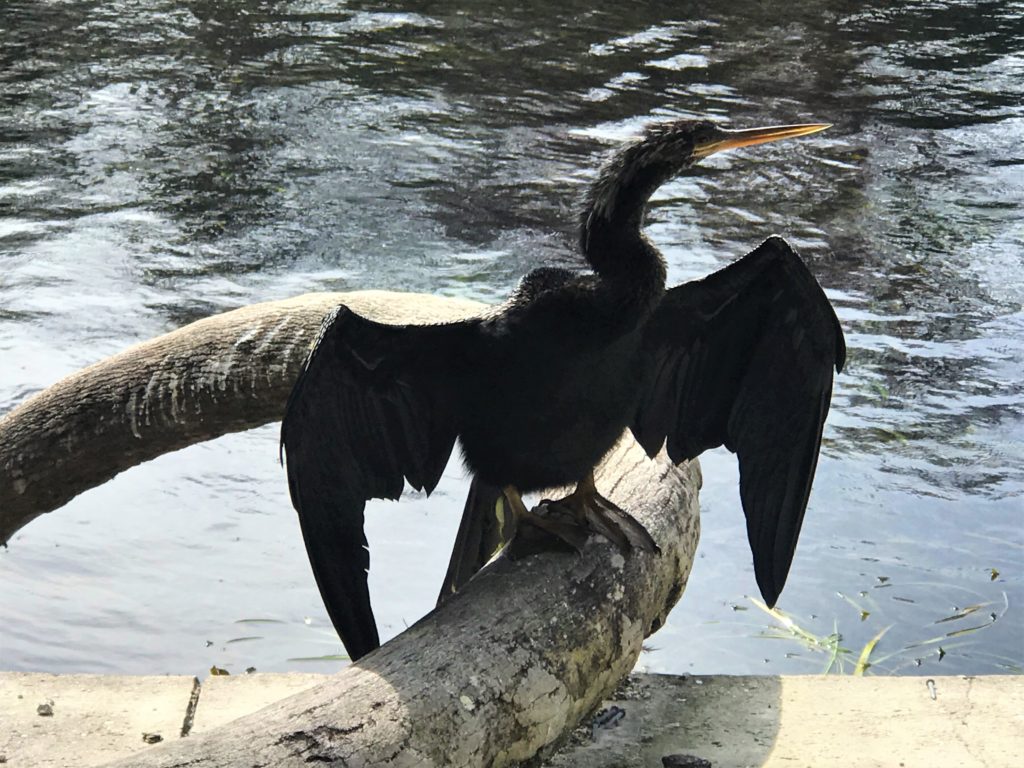
Nice spot if you can stand the tourists bugging you to pose for pictures all day long. : )
Here’s something we didn’t talk about two years ago; there are statues in the bottom of the pool. When we were kayaking over it, we saw some large “bumps”, but couldn’t tell what it was. It kinda looked like huge pieces of coral. But then I ran across an article about them and a few pictures. They’re leftover props from the 1960’s TV show “I Spy”. Isn’t that funny!

If only we’d had one of those clear plastic canoes . . .


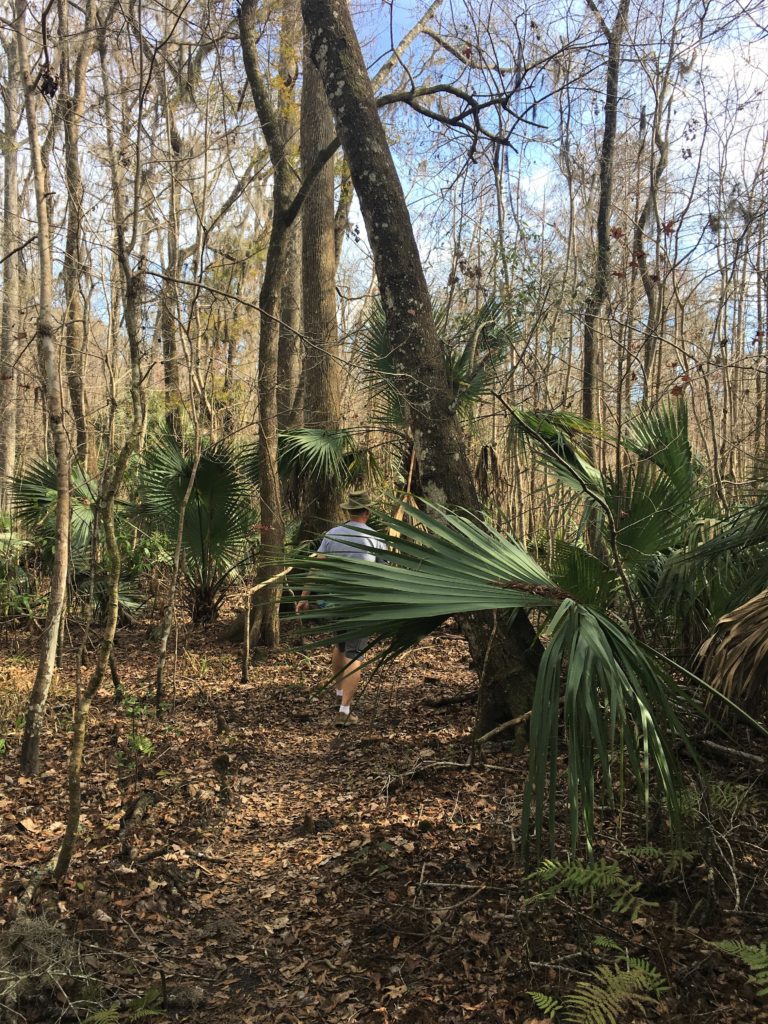
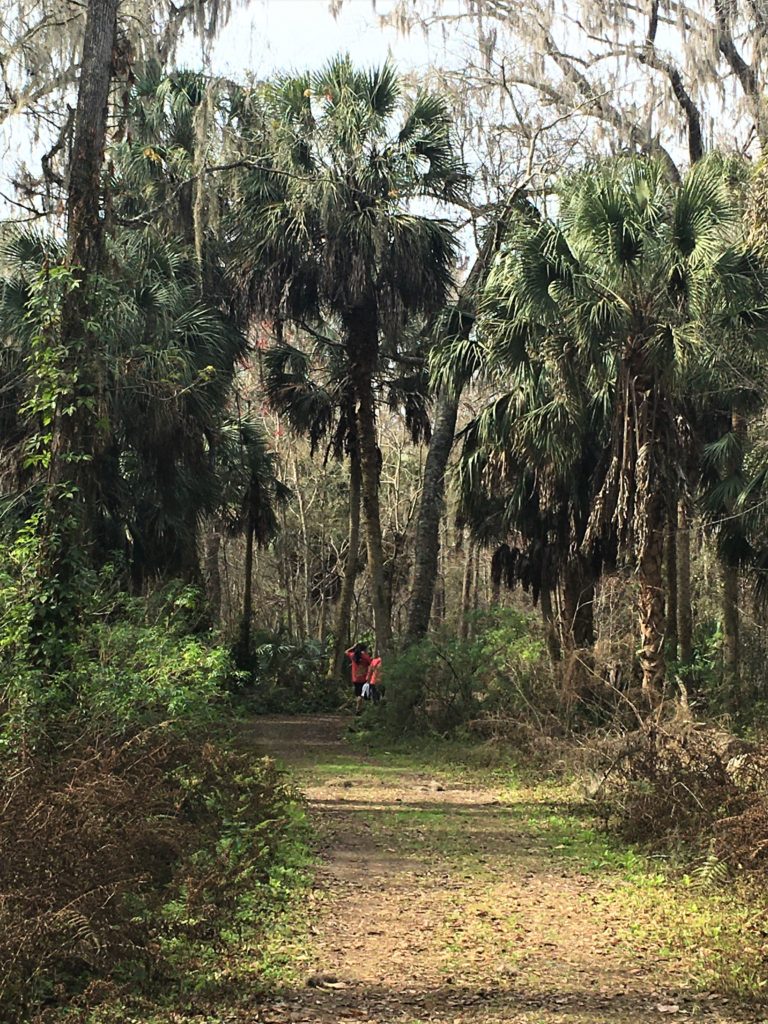
It was a great contrast between the scenery and the three people up there all wearing bright red shirts.
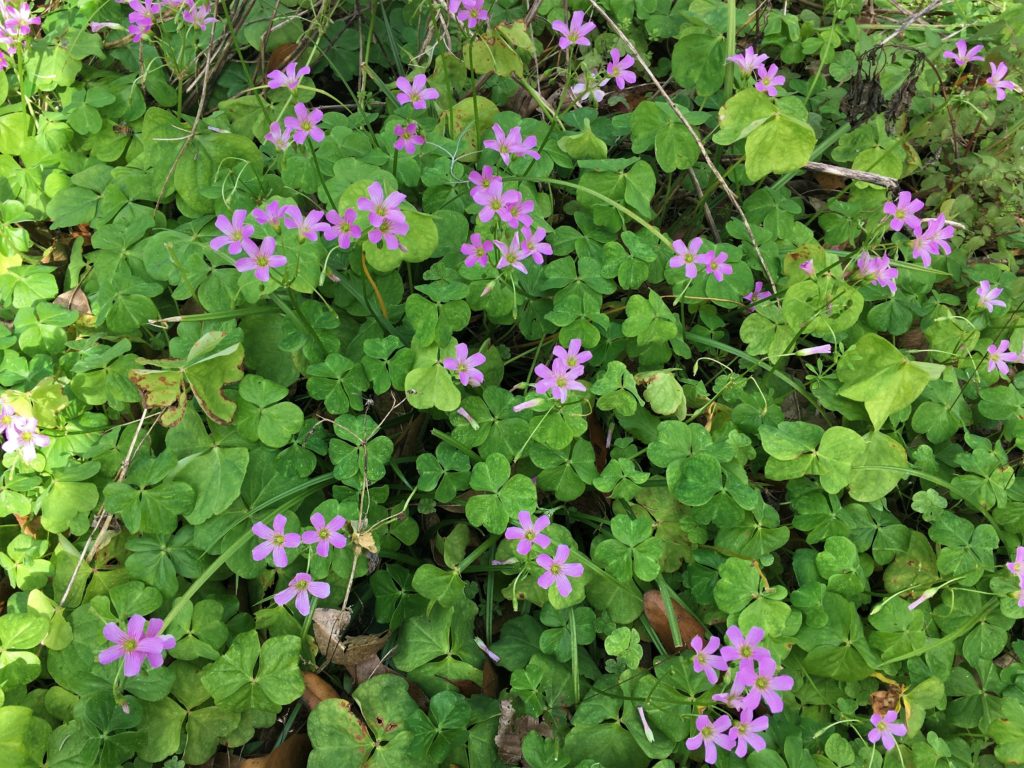
They really do have all the shops and museum closed. The museum has pushed some of their stuff to the windows so you can see and read some things. I did take a couple of pictures of that stuff, but those of you who read it before may recognize it. Bet you don’t remember what it said though. 😊
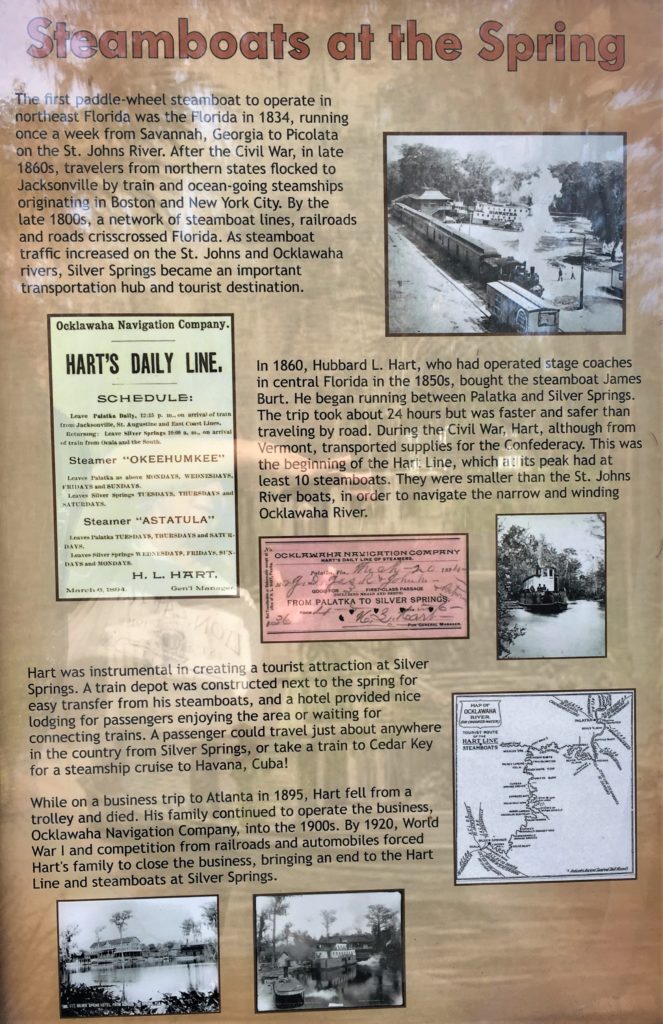

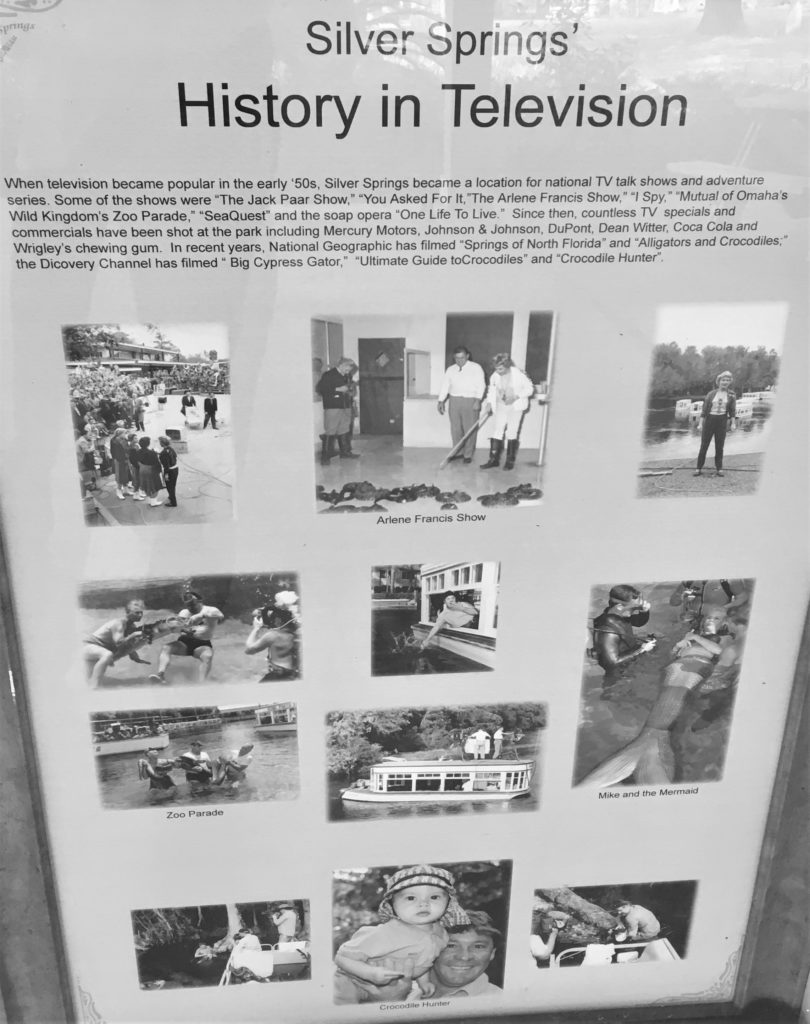
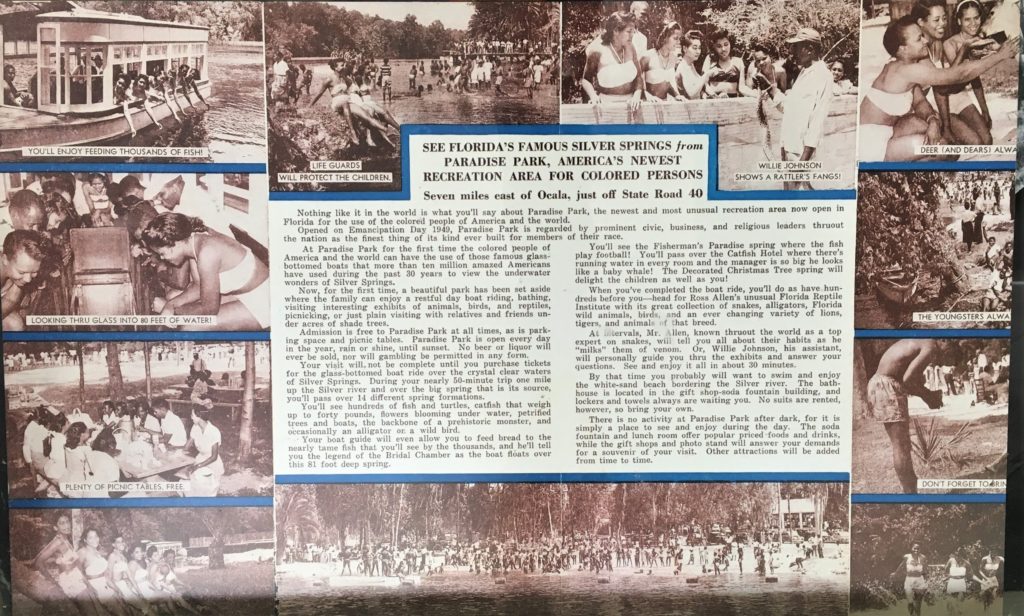
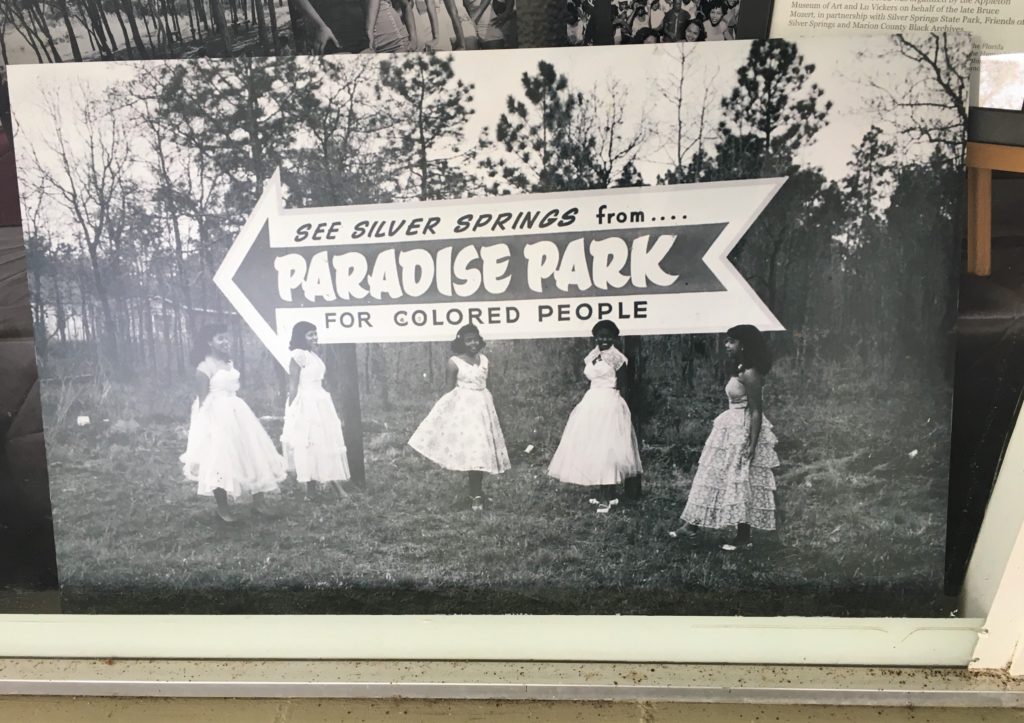
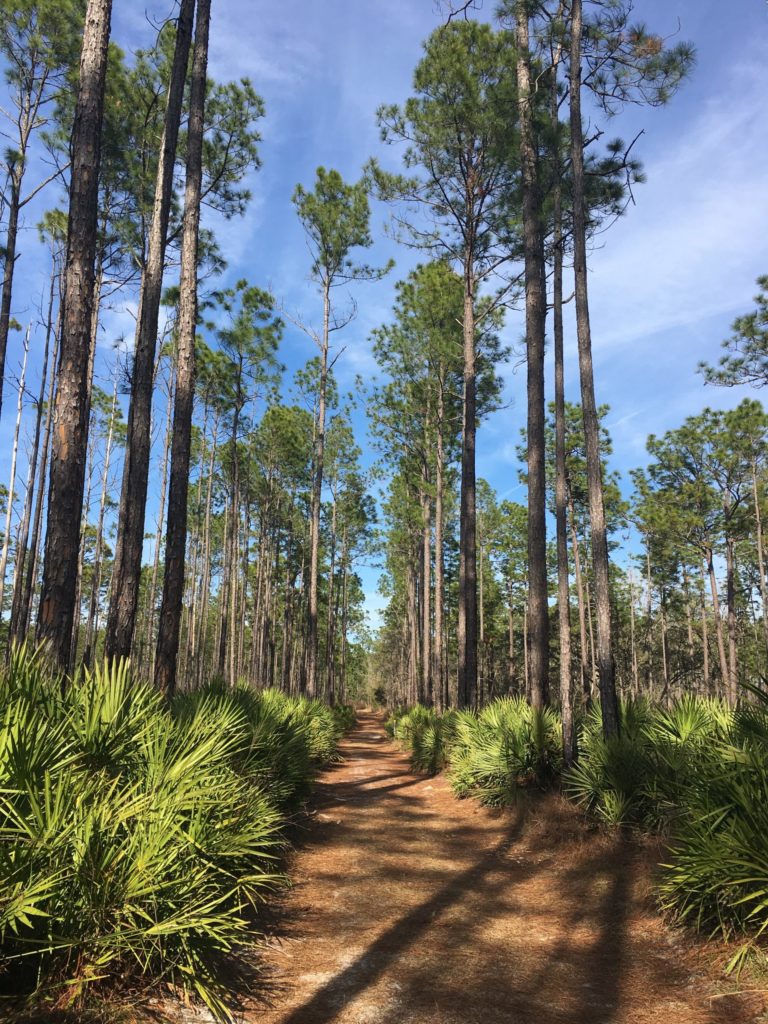
And just because I don’t have much else to say about our day, here’s a brief (For me! Hey! They have a very long history!) history on Silver Springs, I found on a conglomeration of various websites (most, but not all from the State Park). Read on if you’re interested. If not, you’re done for today. 😊
U.S. occupation of Florida began in 1821, after the Spanish minister Do Luis de Onis and US Secretary of state John Quincy Adams signed the Florida Purchase Treaty in which Spain agreed to cede its old province of Florida to the US. General Andrew Jackson was appointed military governor, and in 1822, Florida was organized as a U.S. territory. It was admitted into the Union as a slave state in 1845.
After it became a territory, and sometime in the 1820s, Silver Springs became an attraction for adventurous travelers, who would pole their way up the Ocklawaha River (that’s the one to the left of the channel we went up), through thick overhanging cypress and Spanish moss.
By 1850, Silver Springs was a commercial distribution center for Central Florida, as plantations were built along the banks, growing vegetables, tobacco, and oranges. Pole barges and later steamships ran up and down the rivers.
In the years right after the Civil War, it began to attract tourists from the North via steamboats on the Silver River. Hart Line and Lucas Line competed for the privilege of transporting visitors to the headwaters – even holding races with the passengers on board! And then the railroads got in the game.
In the late 1870s, Hullam Jones and Phillip Morrell fixed a piece of glass to the bottom of a rowboat and history – as well as a new enterprise – was begun.
In 1924, Col. W.M. Davidson and Carl Ray, acquired rights to the Springs and soon perfected a gasoline-powered version of the glass-bottom boat. They also added other attractions including zoo displays and demonstrations – most notably those by famed herpetologist (they study reptiles and amphibians), Ross Allen.
In the 1930s, Hollywood discovered Silver Springs and over the next decades, there were scenes from at least 20 movies (Rebel Without a Cause, Distant Drums, the Bond movie Moonraker, Creature from the Black Lagoon and six Tarzan movies), and episodes for TV shows like Sea Hunt and I Spy.
Also in the 1930s, Colonel Tooey, a concessionaire who operated the “Jungle Cruise” boat ride, established the first troop of wild rhesus monkeys on an island in the Silver River. He wanted to incorporate them into his boat ride, but didn’t know they were excellent swimmers and the monkeys escaped the island and became feral.
Silvers Springs was an attraction for whites only until 1969, but in 1949 Davidson and Ray opened an additional park “for colored folks”, called Paradise Park, which quickly became very popular. It closed in 1969 when Silver Springs became integrated.
In the 1950s, Davidson and Ray built the tourist center and added historic shops and a boat dock – all of which remain today.
On May 29, 1962, it was announced that Davidson and Ray were selling to ABC-Paramount.
For decades, before Disney World appeared, Silver Springs was one of the state’s most popular tourist destinations, drawing more than 1 million visitors each year. During his 44 years of working there, glass-bottom boat captain, Oscar Collins, experienced a lot of big changes. One day, there were just a few dozen people in the park, a huge difference from the heydays of the 1960’s. He says back then there were 4-5,000 people per day in the middle of the week, and even more on the weekends – regularly up to 7,000.
In October 1971, the natural Silver Springs were declared a National Natural Landmark, recognized as a national resource. In 1973 Silver Springs started a wildlife rehabilitation program.
Beginning in the 1970, the decline of tourists depleted the resources needed to properly care for the attraction and its precious natural resources. Exacerbating the problem, the Springs began to exhibit problems associated with modern development – fertilizer runoff and septic outflow. Both contain nitrates, which resulted in an overgrowth of brown algae.
In 1984, ABC-Paramount sold out to Florida Leisure Attractions and in 1989, Florida Leasure Acquisition Corporation bought the land. It opened a 35-acre “Jeep Safari” in 1990, which took guests into the forest to see wild animals (the Rhesus monkeys) and the tree house built for use in filming the Tarzan movies.
Other attractions from the 1990s were giraffes, an assortment of bears (including polar bears in winter only – wonder where they got those from???), all manner of snakes and other reptiles, a Florida panther, Western cougars, and river otters. There were also a few amusement park rides available for visitors.
In 1996, Ogden Entertainment of Florida, Inc. acquired the lease and began paying the annual lease payment of $1.2 million to the Florida Department of Environmental Protection, until in March 2002, they failed to made the payment, and sold to Palace Entertainment who signed a 20-year agreement with the State of Florida.
As they continued losing profits, Palace wanted out, so in January 2013, they signed an agreement with the State of Florida to turn the place over for $4 million. The private park closed in September 2013, and it became part of the State’s Park system. Since then, the Park Service has been working to restore and preserve their 4,000 acres that encompass the Springs and the Silver River.
When the Park Service took over in the Spring of 2014, they got rid of the rides and the reptile farm, with its two albino alligators, and just about everything else, but decided to keep the glass-bottom boats – and the monkeys and manatees. 😊
